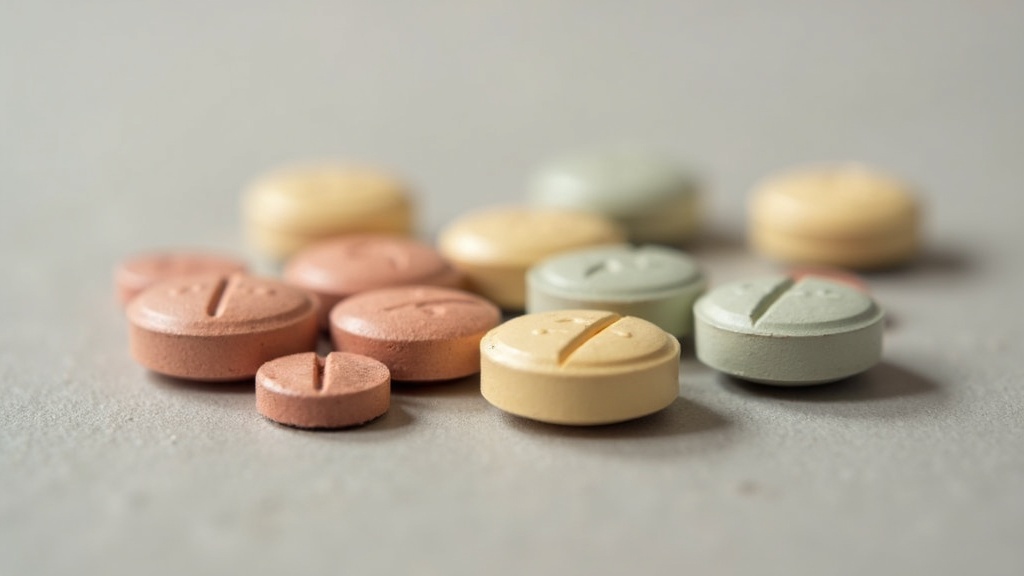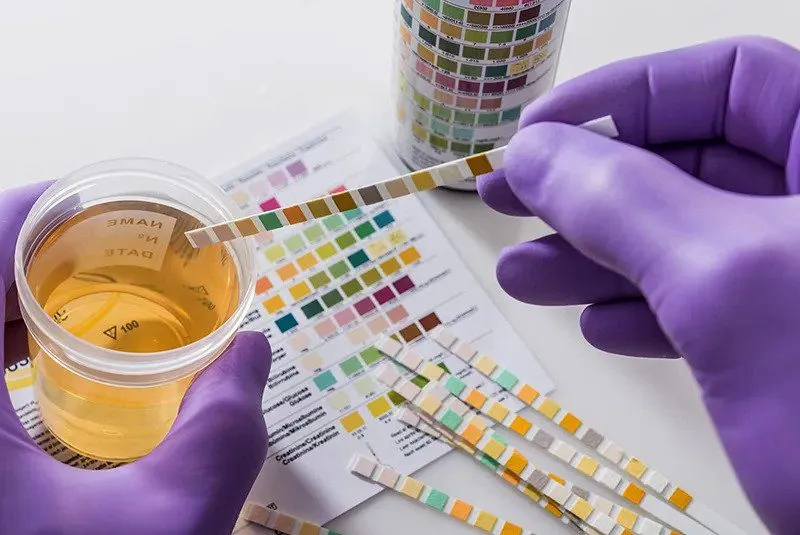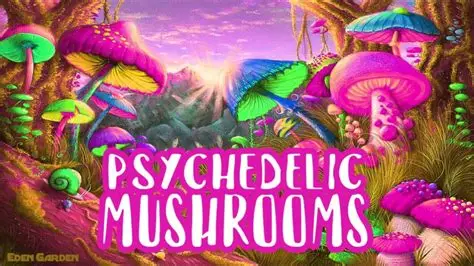Virtual Intensive Therapy Programs
Virtual Intensive Therapy Programs are rapidly becoming a go-to option for people seeking meaningful mental health support without leaving home. Instead of committing to weeks in a clinic or hospital setting, individuals can now participate in structured, high-impact treatment entirely online. These programs blend frequent video therapy sessions, virtual group work, skills training, and guided … Read more









